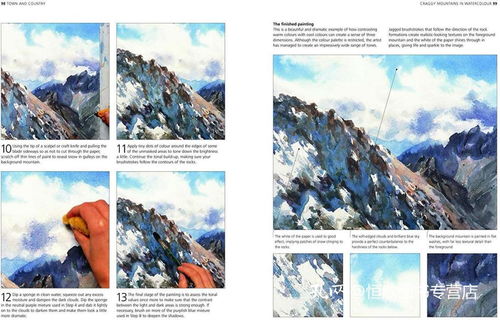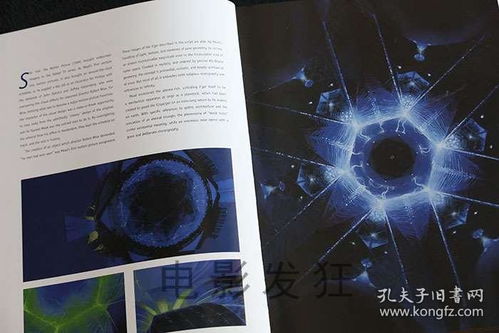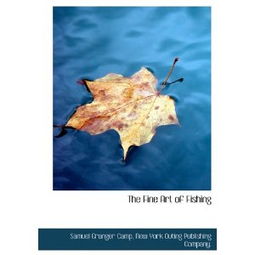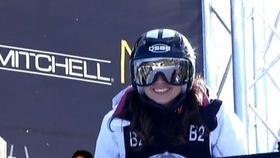Content:
Introduction: Fishing with long lines has been a traditional method for anglers seeking to catch larger fish or explore deeper waters. Whether you're targeting big game fish or simply looking to expand your fishing horizons, mastering the art of long-line casting is crucial. In this article, we will delve into the essential techniques for line casting, providing you with a comprehensive guide to becoming a proficient long-line fisherman.
Choosing the Right Equipment: Before you begin, it's important to select the appropriate equipment for long-line fishing. Here are some key considerations:
a. Rod: Opt for a rod specifically designed for long-line casting, as it will have the necessary strength and flexibility to handle the increased line weight and distance.
b. Reel: A sturdy reel with a smooth drag system is essential. Look for a reel with a high line capacity to accommodate the longer lines required for long-line fishing.
c. Line: Use a monofilament or braided line with a high breaking strength, as long-line fishing often involves casting over great distances.
d. Lures and Bait: Choose appropriate lures or bait that mimic the natural prey of the fish you're targeting. Larger, heavier lures may be necessary for long-line fishing.

Proper Line Management: Proper line management is crucial for successful long-line casting. Here are some tips to help you manage your line effectively:
a. Spooling: Ensure that your reel is properly spooled with the appropriate line. Avoid overfilling the reel, as this can lead to tangles and poor casting performance.
b. Line Tension: Maintain consistent line tension during the casting process. Too much tension can result in line breakage, while too little tension can cause the line to flutter and miss the target.
c. Line Length: Adjust the length of your line based on the distance you need to cast. A longer line will allow you to reach your target, but it can also make it more challenging to control during the cast.
The Casting Technique: Now that you have the right equipment and line management in place, let's focus on the casting technique itself. Here are some essential steps to follow:
a. Hold the Rod: Grip the rod with a comfortable, yet firm, handshake. Keep your elbow close to your body to maintain control during the cast.
b. Backcast: Begin by bringing the rod back over your shoulder, bending it at the elbow. As you do this, allow the line to unwind from the reel, maintaining consistent tension.
c. Power Stroke: Once the line is fully backcasted, abruptly snap the rod forward with a powerful, quick motion. This power stroke propels the line forward, creating the distance needed for long-line fishing.
d. Follow-Through: After the power stroke, continue to move the rod forward until the line lands on the water. This follow-through ensures that the line travels in a straight path, reducing the risk of tangles.
Troubleshooting Common Casting Issues: Even with proper technique, you may encounter some common casting issues. Here's how to address them:
a. Line Tangles: To prevent tangles, keep the line tight during the backcast and follow-through. If a tangle occurs, carefully unwind it by hand, avoiding the use of scissors or cutting tools.
b. Line Flutter: To minimize line flutter, maintain consistent tension throughout the cast. Adjust your casting technique to ensure a smooth, straight line.
c. Line Breakage: Use a line with a high breaking strength and ensure that your reel is properly lubricated. Avoid casting over obstacles or into strong winds, as these factors can increase the risk of line breakage.
Conclusion: Mastering the art of long-line casting can open up a world of fishing opportunities. By selecting the right equipment, managing your line effectively, and following the proper casting technique, you'll be well on your way to becoming a proficient long-line fisherman. Remember to practice regularly and be patient, as perfecting your casting skills takes time and dedication. Happy fishing!












